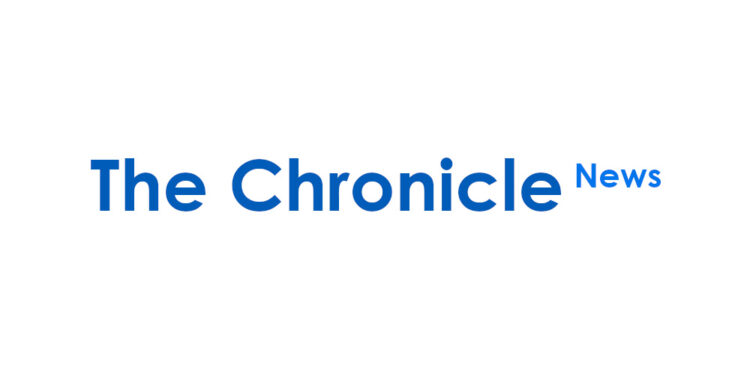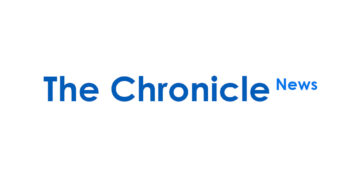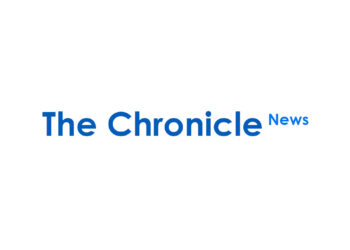It is back-to-school time! If you are anything like me, then this is that busy time where you run around filling out forms and buying pencils, notebooks, and outfits for the kids before they head back. Even if you do not have kids, you’ve probably seen the “back-to-school” deal signs at the stores.
In this column I’ve talked a lot about education on the state level but I figured today we would look beyond vouchers and teacher pay to discuss public education in the United States more generally. It will touch on Oklahoma in a few places but all the data I’m using comes from national sources.
Like a lot of American institutions, public education is dealing with the after effects of the pandemic. Between the early end to the 2019-20 school year, coupled with virtual learning for many students in the 2020-2, test scores have plummeted. Since the 1980s student scores in reading and math had steadily been rising until almost all that progress was wiped out by the pandemic.
The problem, according to an article by the Atlantic, was that many students didn’t have in-person learning replaced by virtual learning. They had it replaced by no learning at all. This was particularly true of lower-income students who had less access to the internet, but it happened everywhere. My youngest did virtual kindergarten and even though his teacher was great but when he struggled with a concept, it was hard for me to teach it. Try explaining what blue is to a small kid sometime. It is harder than you would think. I was highly educated and home with the kids the entire time because I taught my college classes virtually, and it was still hard. The problem is what do you do about it now? It is easy to say that we should hold kids back a grade until that is your kid that the school wants to hold back. It is also really hard to catch students up on missed material while also teaching to the expected educational standards of the grade they are in.
The under-discussed consequence of a teacher shortage is that teachers often end up covering other classes and missing their planning and collaboration time. There has also been a nationwide lowering of standards in expectation for what should be required of teachers. We’ve all heard that joke about how, “Those who cannot do, teach” but teaching is hard, man. It was hard for me to figure out how to explain blue to a 5-year old. Now try doing that to 25-30 5-year olds AT THE SAME TIME. I have a 15-year-old at home and let me tell you, I have no idea how high school teachers do it. None.
To make matters more difficult for public educators, the general public often focuses on the wrong things. Public education has become a cultural hit button issue with people making money, and winning elections, by telling you how the public school is destroying your children and grandchildren. I mean, that was Ryan Walters’ entire campaign and we elected him to run public education in this state. Instead of asking how we can better public education, we treat the very people we entrust our children to as the enemy. As taxpayers we all benefit from a strong school system and it is all of our responsibilities to see it improved.
In crass economic terms, the students of today are the taxpayers of tomorrow. Social issues are a distraction to the big issues facing public education today. Secretary Walters spends so much time tracking down wokeness in public schools that he didn’t even get the state Legislature a budget prepared on time. How many transgendered girls are trying to compete in Oklahoma sports programs? I don’t know the exact number but when Utah passed a law about that issue, they did a study. It was one. One student. How many Oklahoman kids are behind in reading? I guarantee it is more than one and yet we spend far more time focusing on the former instead of the latter. We can blame political elites and the media for these problems but we live in a capitalist democracy. Citizens hold some responsibility for not changing the channel and continuing to vote for these people.
I am proud that Oklahoma has just recently improved teacher pay, but a raise is just the first step in the process. This is an issue that is not going to be fixed overnight and it will require all of us to work together to fix it. When you see that “back-to-school” sign, remember that being ready for the next grade is not just having a nice backpack and enough notebooks. Back-to-school means that kids are prepared academically for the challenges they are going to face. Public education is the responsibility of all citizens because we fund it and we all benefit from it. So this year let’s all try and not get distracted by the hot-button social issues of the day and work on rebuilding from the devastation of the pandemic.
David Searcy holds a master’s degree from Oklahoma State University and a PhD in political science from Southern Illinois University.
Want to reach a local audience and grow your business?
Our website is the perfect platform to connect with engaged readers in your local area.
Whether you're looking for banner ads, sponsored content, or custom promotions, we can tailor a package to meet your needs.
Contact us today to learn more about advertising opportunities!
CONTACT US NOW




